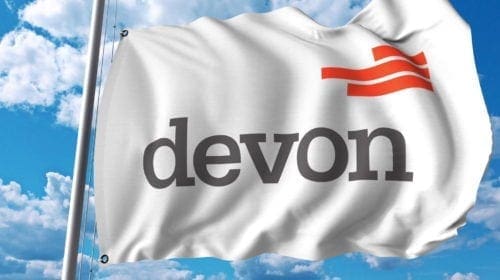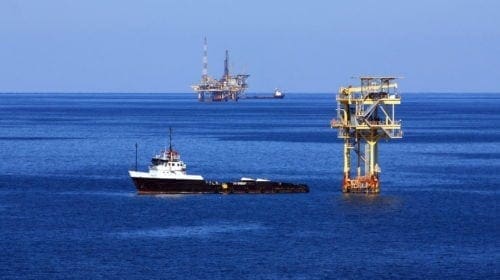On Feb. 15, The Williams Companies, Inc. released its fourth quarter and total year performance for 2016.
The Tulsa, Okla.-based company reported an unaudited net loss of $15 million for 4Q16, a $700 million improvement from a 4Q15 net loss of $715 million. For the entire year, Williams reported an unaudited net loss of $424 million, a $147 million improvement over 2015’s net loss of $571 million.
Cash flow from operations for the year came in at $3.66 billion, up from the previous year’s figure of $2.68 billion. Much of the increase in cash flows for the year can be attributed to the fourth quarter’s impressive performance, which saw cash flows of $1.58 billion, up $990 million from $592 million in the fourth quarter of 2015.
“We realized strong cash flows from operations in 2016,” said Williams’ president and CEO Alan Armstrong. “Our well-positioned natural gas infrastructure assets enabled us to once again organically grow fee-based revenues while our disciplined approach drove lower expenses even as we brought new assets online.”
Williams subsidiary, Williams Partners, managed to turn a profit for both the 4Q16 and the year as a whole. The subsidiary reported an unaudited net income of $145 million for 4Q16, a significant improvement from the firm’s net loss of $1.64 billion for 4Q15. For the entire year, the firm reported net income of $431 million, up $1.88 billion from 2015’s net loss of $1.45 billion.
“In January, we took steps to strengthen our financial position and lower our cost of capital to match up with our peer-leading, high-quality, low-risk growth portfolio,” Armstrong said. “As a result, Williams and Williams Partners are positioned for long-term, sustainable growth.”












